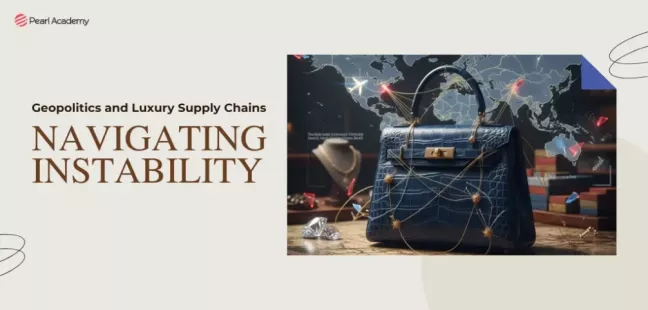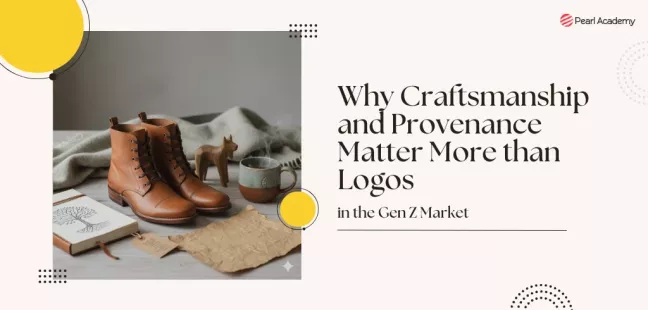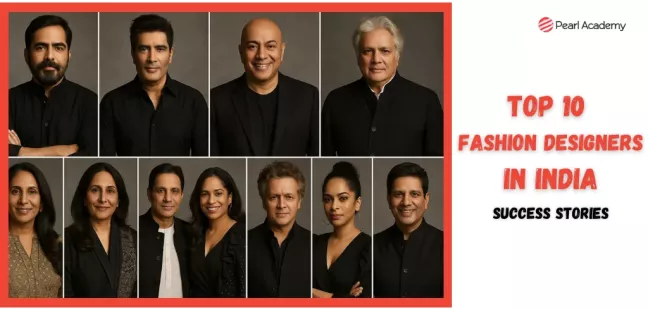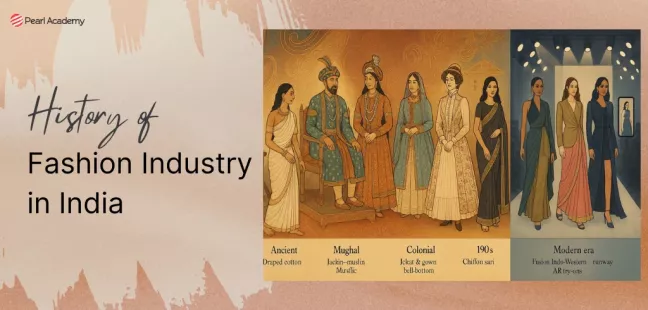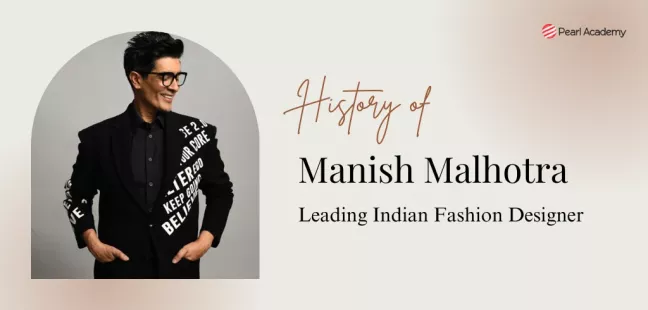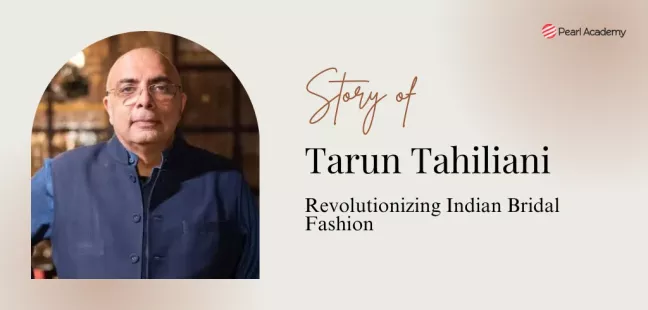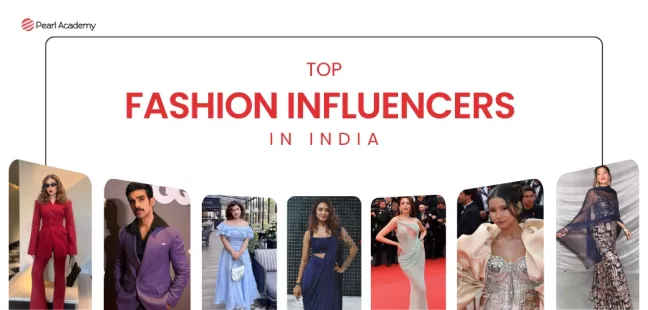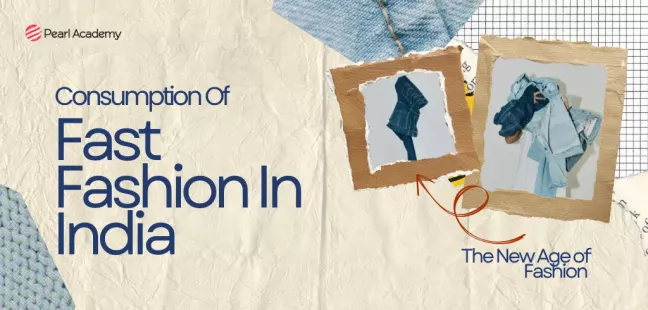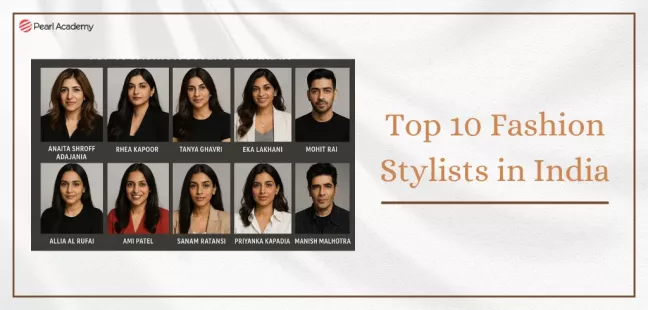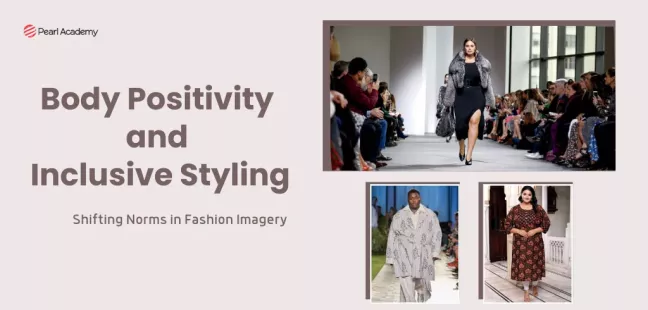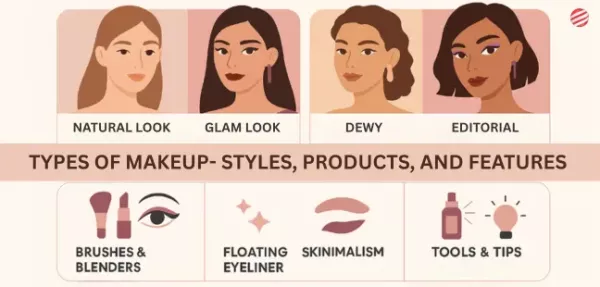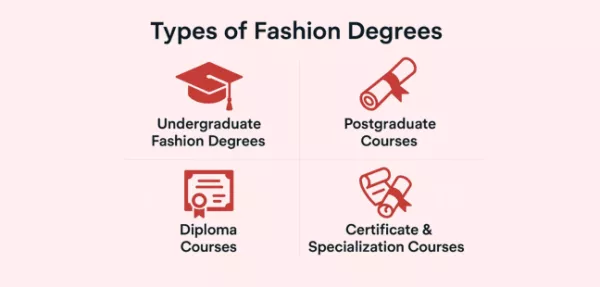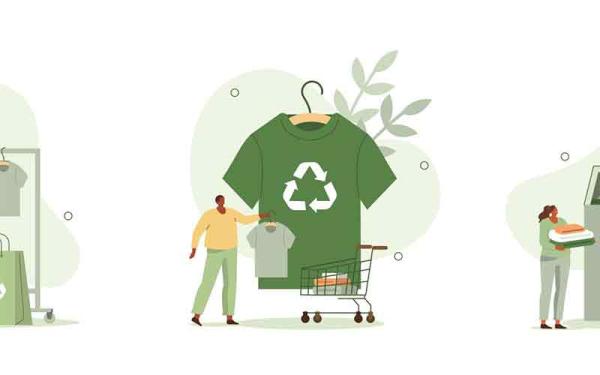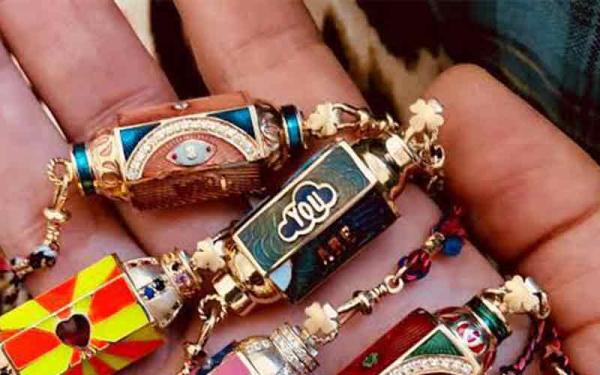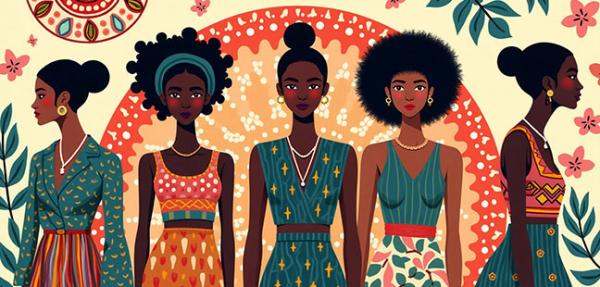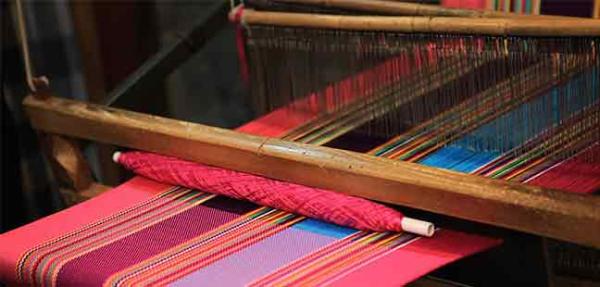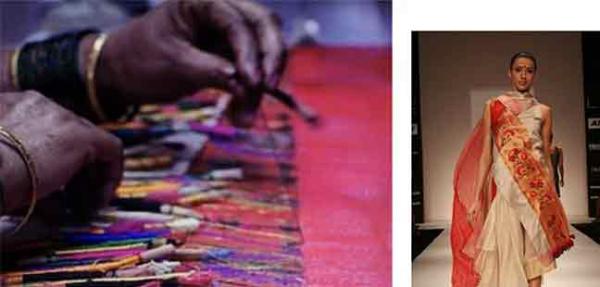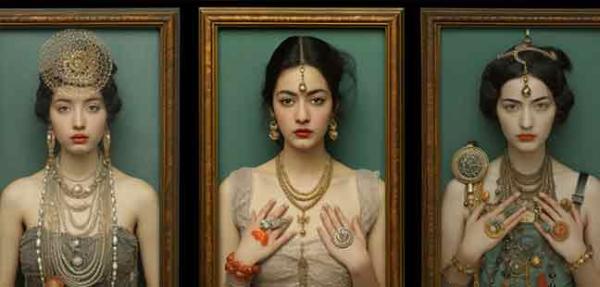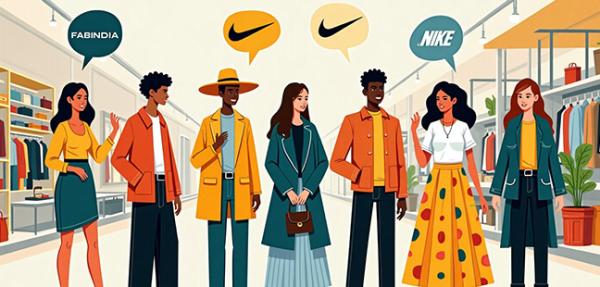How Indian Fashion Startups Are Revolutionizing D2C
- Editorial Team
- Published 22-Oct-2025

In recent years, fashion startups in India have begun disrupting the traditional retail ecosystem by embracing the direct-to-consumer (D2C) model. This shift is not only reconfiguring supply chains but also redefining the practice of fashion marketing, brand building, and consumer engagement. In this article, we explore how Indian D2C startups in fashion are driving transformation, the challenges they confront, and what this means for the future of India’s fashion education ecosystem, particularly at institutions like Pearl Academy.
Become future-ready with our Fashion Programs
Know MoreThe Shift Toward D2C in Indian Fashion
Let us see how the shift toward D2C in Indian Fashion in detail:
1. Breaking the middleman bottleneck
In classic apparel retail, brands often depended on wholesalers, distributors, multi-brand outlets, and large-format stores to reach end consumers. These layers dilute margins, reduce direct feedback loops, and limit agility. By contrast, D2C startups cut out intermediaries, allowing brands to control pricing, brand narrative, and the customer experience directly.
A striking indicator is that since 2021, Indian D2C startups have attracted over USD 5 billion in funding across more than 520 deals. This influx of capital shows investor confidence in scalable, digitally native business models.
2. Consumer empowerment and data feedback loops
One of the core advantages of D2C is the direct access to first-party consumer data. Brands no longer have to share margins or insights with intermediaries. This data empowers them to iterate designs, customize drop schedules, and optimize inventory in real time. The feedback loop between consumer and designer becomes dramatically shorter.
3. Democratization of design and micro-niches
With digital platforms lowering entry barriers, new fashion D2C startups can cater to niche segments such as modest wear, size inclusivity, and sustainable activewear. They combine agile micro-drops with tight community engagement to build brand loyalty. This is a sharp contrast to mass production models that assume one size fits many.
4. Integration of content, community, and commerce
Modern fashion marketing is no longer confined to ads and catalogues. Indian D2C brands embed themselves into cultural conversations through social media, influencer collaborations, user-generated content, livestream shopping, and editorial storytelling. This convergence of content and commerce deepens emotional resonance with consumers.
Indian Fashion D2C Success Stories
To ground theory in practice, here are a few standout D2C startups and brands in Indian fashion and adjacent categories:
- The Souled Store: Known for pop-culture merchandise such as Marvel and IPL, this Mumbai-based label sustains relevance through frequent drops, social media engagement, and licensing tie-ups.
- Bewakoof: Founded in 2012 by IIT graduates, it blends playful, youth-centric designs with cost-effective pricing and a strong online presence.
- Virgio: Launched in 2022 by former Myntra leadership, Virgio adopted a D2C fast-fashion model and later began pivoting toward sustainable and circular fashion practices.
- Libas: A legacy apparel brand established in 1985 that actively transitioned into a D2C model, raising ₹150 crore to scale its direct channels.
- GIVA Jewellery: Though focused on jewellery, GIVA is an excellent example of a D2C brand that started online and later expanded into physical stores, demonstrating how omnichannel can evolve from D2C roots.
These examples show how fashion startups in India are not just adopting D2C but are also experimenting with hybrid models, sustainability, and omnichannel innovation.
Core Strategies That Differentiate Winning D2C Fashion Startups
To understand the competitive edge, it is helpful to examine several strategic pillars where Indian D2C fashion startups excel.
1. Hyper-local and agile supply chains
Many D2C brands localize production near consumer clusters, enabling shorter lead times, smaller batch runs, and faster experimentation. This agility allows them to test prints, fits, or color variants with minimal risk.
2. Data-driven design and assortment
These ventures integrate analytics into every stage including design, pricing, and promotions. Algorithms, sentiment analysis, and A/B testing inform the next collection. The loop between consumer clicks, purchase behavior, and design iteration is tighter than in legacy fashion houses.
3. Digital-first fashion marketing
Fashion startups rely heavily on digital strategies such as influencer marketing, Instagram Reels, affiliate networks, livestreaming, and interactive content. They invest in storytelling rather than simple product promotion, blurring the line between media and commerce.
4. Community building and brand loyalty
Rather than focusing on one-off transactions, D2C startups cultivate brand communities. They use loyalty programs, beta drops for early adopters, co-creation opportunities, and social proof to strengthen consumer connections.
5. Sustainability and ethical narratives
Consumers, particularly millennials and Gen Z, expect environmental and social responsibility. Many D2C fashion startups prioritize transparency in sourcing, carbon footprint reduction, and circular initiatives such as take-back and upcycling programs. This alignment with ethical values helps them stand out in a competitive marketplace.
Challenges and Risks for Fashion D2C Startups in India
Despite their rapid growth, fashion D2C startups face several challenges:
- Logistics and last-mile delivery: Serving remote areas in India remains costly and inconsistent, which affects margins.
- Customer acquisition costs (CAC): Rising digital advertising costs make sustainable growth difficult.
- Inventory risk: Predicting which designs will resonate is complex. Missteps can lead to excess stock and returns.
- Operational scale: Scaling manufacturing, warehousing, and returns management requires significant investment.
- Brand trust and returns: Since fashion is a tactile category, customers expect flexible return policies, which can hurt profitability.
Implications for Fashion Education and the Role of Pearl Academy
As Indian D2C startups in fashion grow, the skill requirements for new professionals are changing. Traditional design sensibilities now need to be combined with digital literacy, data fluency, and marketing acumen.
Students and aspiring entrepreneurs need:
- Cross-disciplinary training that integrates fashion design, digital marketing, data analytics, supply chain management, and entrepreneurship.
- Project-based learning through collaborations with D2C startups or incubators to gain real-world experience.
- Exposure to emerging technologies such as AI in trend forecasting, AR/VR in virtual fitting, and blockchain in product traceability.
- A brand-first mindset that focuses on storytelling, consumer engagement, and brand community building.
Pearl Academy’s fashion programs are ideally positioned to bridge this gap. The institute helps students combine design excellence with business acumen, preparing them for the evolving D2C ecosystem. By incorporating modules in fashion marketing, startup management, and brand strategy, Pearl Academy empowers learners to shape the future of Indian fashion.

Student Guidance Center: Our Counselors are Just a Click Away.
Conclusion
Indian fashion startups are not merely experimenting with D2C; they are redefining how garments are designed, marketed, and sold. By eliminating intermediaries, leveraging digital marketing, engaging consumers directly, and prioritizing sustainability, these D2C startups are transforming India’s fashion landscape. For students, designers, marketers, and educators, this revolution opens up immense opportunities. Adapting to digital tools, analytics, and consumer-first thinking will be critical. With forward-looking institutions like Pearl Academy leading the way, India is poised to produce a generation of professionals ready for the D2C fashion era.
Tags
- #Fashion
Pearl Admission Enquiry
Trending Post
-
![https://pearlwebsitecdn-prod-d8bgbfaqbgcghcfw.a01.azurefd.net/drupal-files/2025-11/Top-fashion-desiging-colleges-in-india-3.webp https://pearlwebsitecdn-prod-d8bgbfaqbgcghcfw.a01.azurefd.net/drupal-files/2025-11/Top-fashion-desiging-colleges-in-india-3.webp]()
-
![]()
Biofabrication in Fashion: Can India Lead the Sustainable Materials Revolution?
2025-12-01By Nandini Lal
-
![https://pearlwebsitecdn-prod-d8bgbfaqbgcghcfw.a01.azurefd.net/drupal-files/2025-05/Career-Paths-and-Opportunities-in-Fashion-Designing_130x125.webp https://pearlwebsitecdn-prod-d8bgbfaqbgcghcfw.a01.azurefd.net/drupal-files/2025-05/Career-Paths-and-Opportunities-in-Fashion-Designing_130x125.webp]()
Subscribe to Pearl Blogs
By clicking the "Subscribe" button, I agree and accept the privacy policy of Pearl Academy.

















